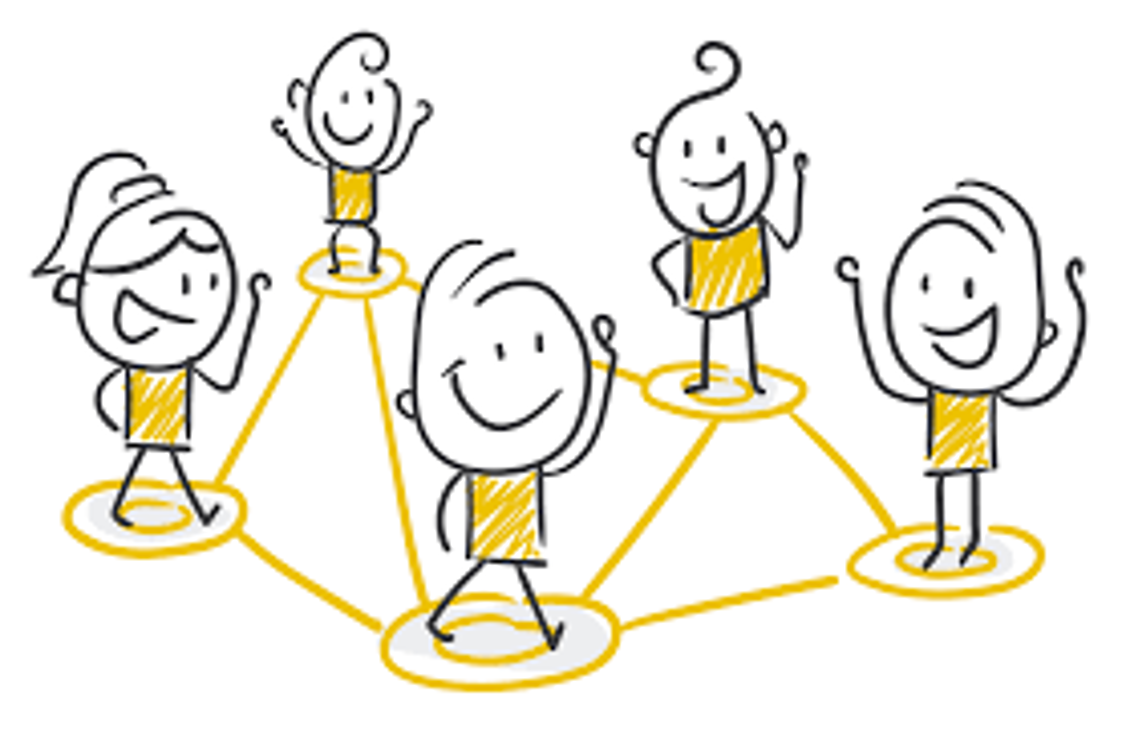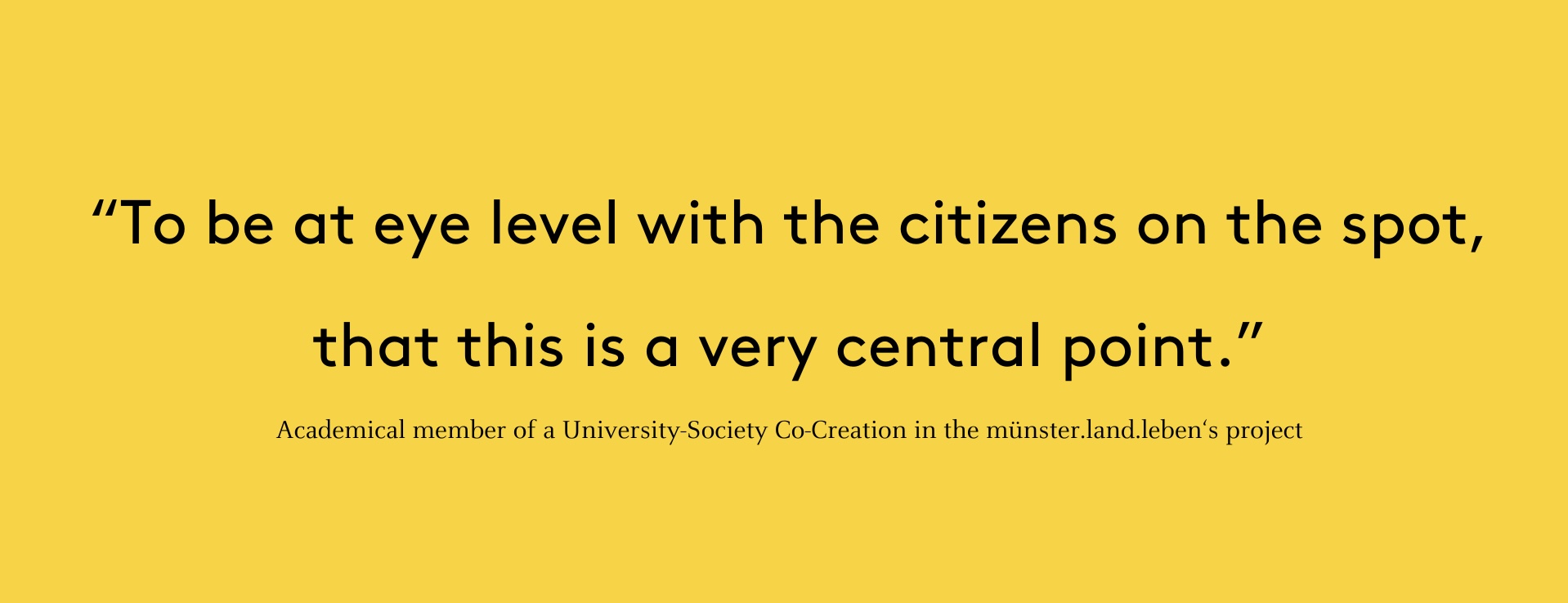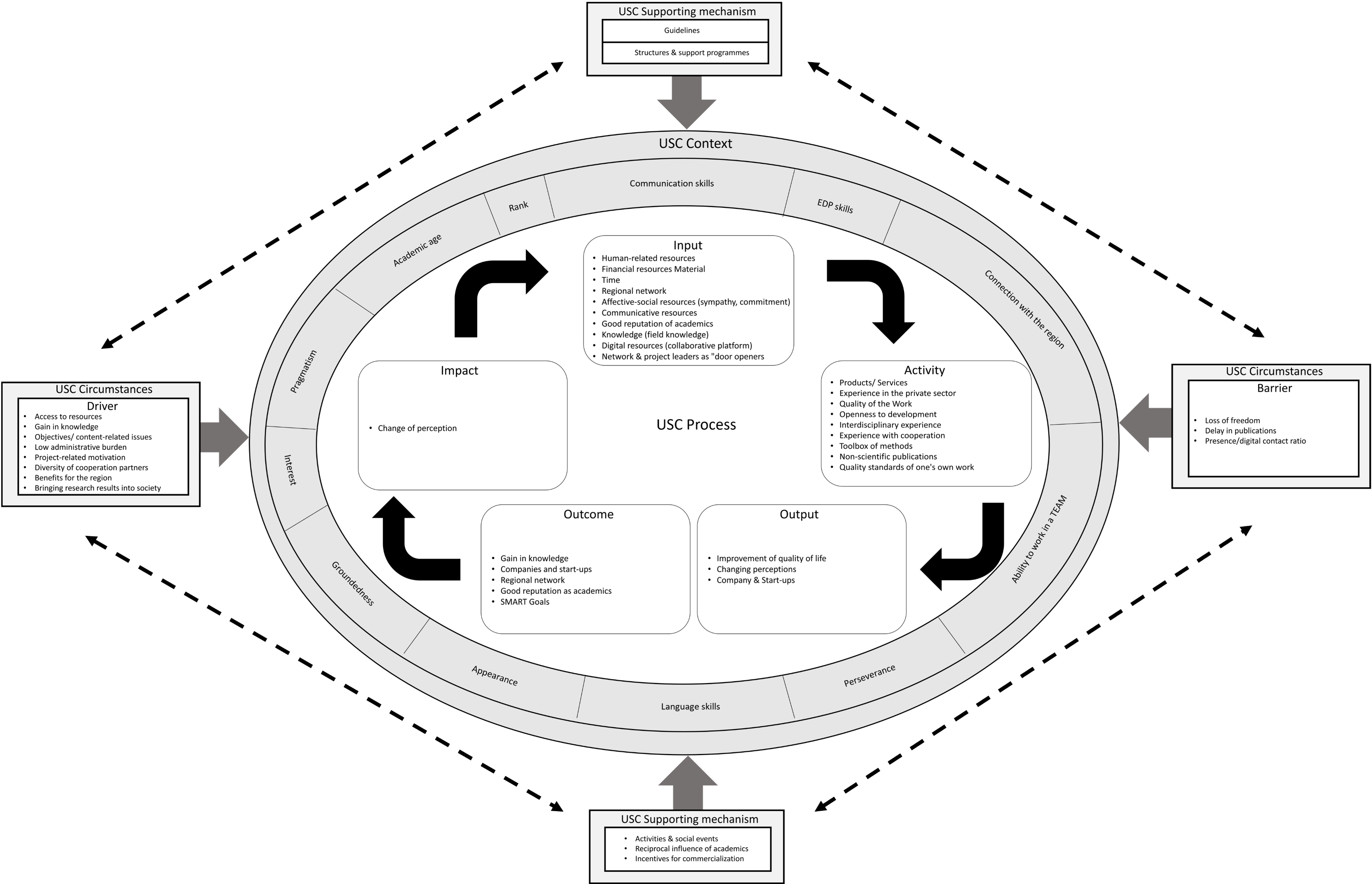About University-Society Co-Creation

Rising complexity in today's society is causing growing social challenges. Interdisciplinary partnerships, networks and socio-technical solutions solve these challenges (Brandt et al., 2019). Higher education institutions (HEIs) are expected to assume greater social responsibility as the "Third Mission" (TM) (Olo et al., 2021).
As a part of this mission, university-society co-creation (USC) with social actors is targeted (Spigarelli, 2020). This paper intends to help successfully strengthen co-creation influenced by diverse conditions and co-creation factors. In addition, this research draws on a focus group that uses a combination of planned behaviour theory and attribution theory to identify and explain the constellations of intention and evaluation of behaviourthat influence academic engagement with social actors. Thus, the USC framework intends to support strategic and operational decision-making by guiding the requirements for successful co-creation.

Co-creation with different stakeholders has become an essential part of the higher education institution (HEI) activity (Bischoff et al., 2017). Defined as a 'joint action for mutual benefit' (Dugatkin et al., 1992), co-creation increases competition for innovation and growth (Baaken, 2019). Advantages of co-creation show mutual knowledge transfer that can tackle society's current and future challenges (Healy, 2012). Hence, one solution for these upcoming problems is HEI's Third Mission (TM) taking over their responsibility through university-society co-creation (USC). The current research focuses on barriers, drivers, and co-creation factors for co-creation between HEIs and their business partners (Galan-Muros, 2018). However, co-creation success differs in dependency on the co-creation goals and types (Baaken, 2019). Hence, in the case of co-creation between higher education institutions and societal actors, this study focuses on the individual co-creation factors between higher education institutions and society.




